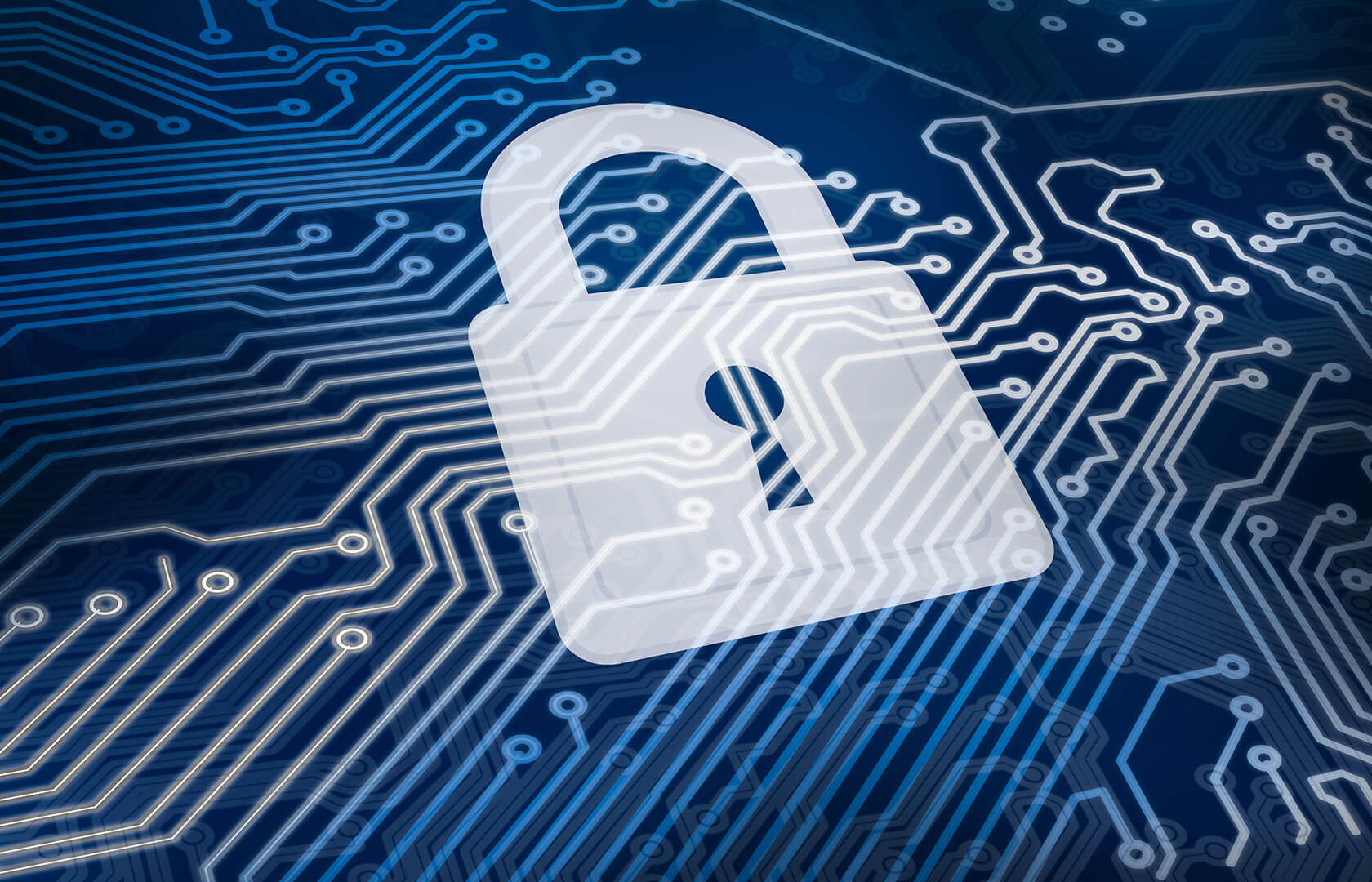
Organizations are increasingly investing in their IT infrastructure and security. However, the evolving threat landscape continues to grow in sophistication, often resulting in lengthy detection periods that can span months or even years within an organization. One of the primary reasons for this extended detection timeframe is the perpetual expansion of the IT environment, leading to heightened network complexity.
In addition to safeguarding against cyberattacks, security systems generate large amounts of data, making it challenging to pinpoint information that truly signifies a potential compromise of the information system. Analytics tools play a pivotal role in extracting meaningful insights from the extensive data collected by analytical systems like SIEM. These tools facilitate real-time threat detection and response, enabling organizations to proactively address security incidents.
Responding to a security incident is a critical function in establishing a secure IT environment. It demands on swift and timely responses, along with the availability of skilled IT personnel. Automated responses, such as sending commands to a firewall to block suspicious traffic, offer rapid, real-time incident mitigation and significantly contribute to preventing system compromise or its further propagation.
Recognizing the need to address these challenges, CS offers services for the design and implementation of this solutions. These technologies are not reliant on static signatures but leverage advanced analytics and artificial intelligence to learn common patterns of user and network behavior while detecting anomalies. Security orchestration, automation, and security incident response play a crucial role in coordinating, executing, and automating tasks across various security tools and personnel to ensure a rapid response to security incidents, thereby enhancing overall cybersecurity.

